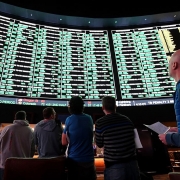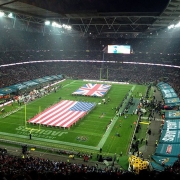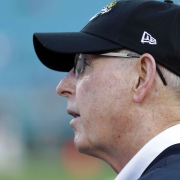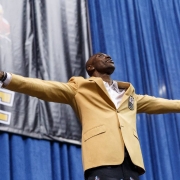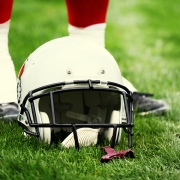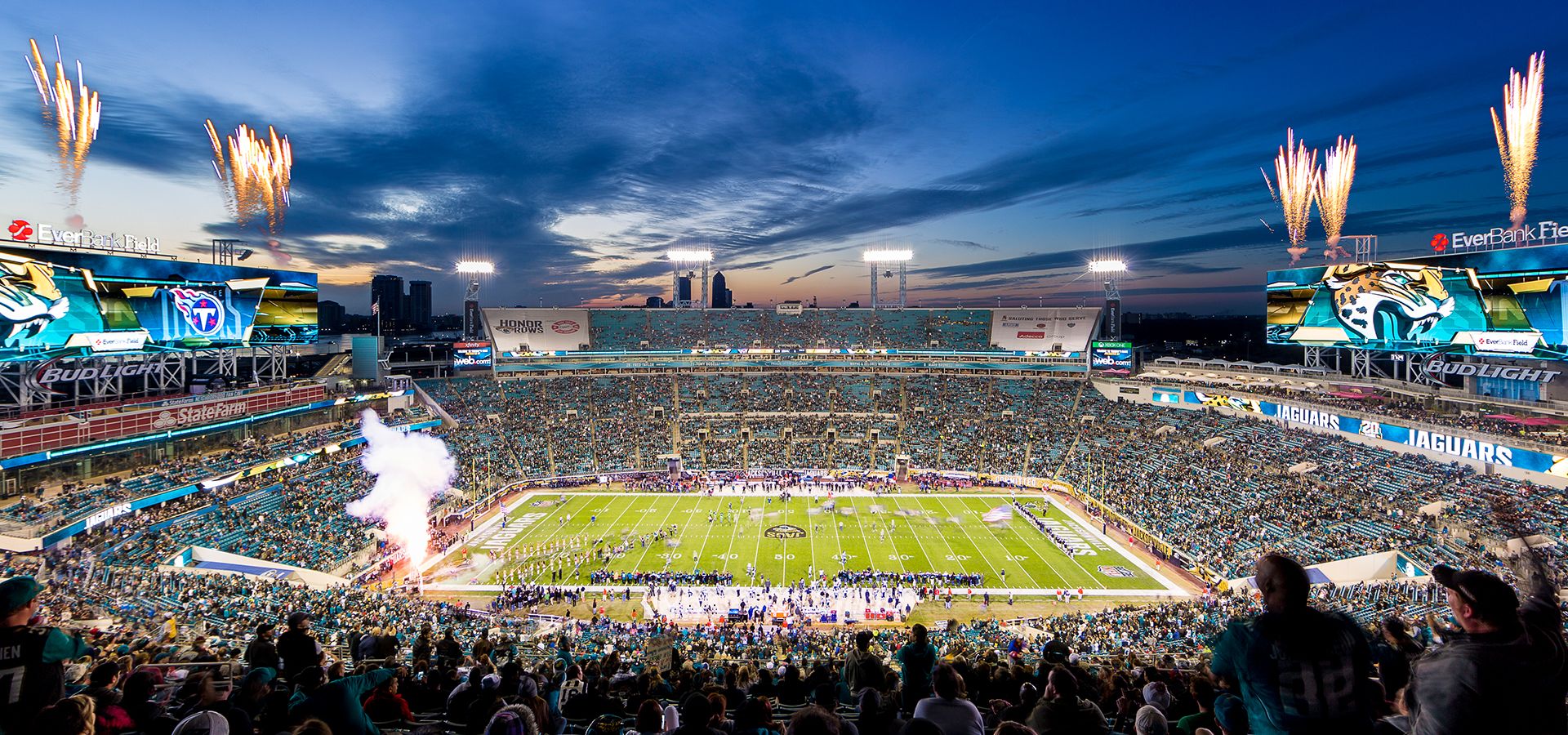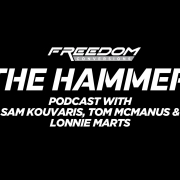NFL Tough Guys
With all the emphasis on speed, technique, culture and whatever else the Jaguars have been working on so far, it won’t be until sometime in late August when the coaching staff and the players start to find out what kind of football team they’re going to be.
Everybody talks about playing fast and giving great effort, but football in the NFL is still played by the guys who have the physical and mental toughness to succeed.
My friend Vic Ketchman, now retired NFL reporter, used to say, “Everybody’s ‘All-Airport’ this time of year. When they walk through the airport, they look great. That doesn’t make them football players.”
Some coaches call them ‘Underwear Practices.” Others refer to it as “running around in your pajamas.” Technically it’s shirts, shorts and helmets for OTA’s and mini-camps where players get acclimated, work on conditioning and learn the playbook. But it’s not until the pads are on that you find out who the football players are.
And after a 1-15 season, the Jaguars need some football players. We don’t know anything about that part of the Jaguars’ makeup. They need a thumper on defense and some tough guys on the field.
“Traditionally it was training camp,” Paul Posluszny, the Jaguars former Pro Bowl linebacker said on how toughness shows itself in the NFL. “You want to know you can rely on somebody when things get hard. When you’re two weeks into training camp, even when guys don’t feel great, they lineup, know what their keys are and do their job. You want to know who you can trust.”
“When things get long and hard and difficult and you’re tired and your body isn’t functioning,” he added. “It’s the guys who get through that you know that’s somebody who has what it takes.”
“How do you define toughness?” Kyle Brady, the former Jaguars Tight End who had a thirteen-year NFL career said this week. “It’s really an intangible. It’s a combination of physical and mostly mental toughness. I’d almost say it’s a ‘settled intensity’ And it’s not always the guys you think. Often, it’s not the “rah-rah” guys. It’s the quiet guys who tend to bring it every day.”
“Everybody at that level has some toughness,” Brady explained. “They needed it to get there. In training camp, coaches will manufacture adversity just to see who can push through.”
Former Jaguars linebacker Lonnie Marts had a reputation as a tough guy in the NFL. Traditionally playing the strong side, when the hole opened, Marts was expected to fill it.
And he did.
“For us, in our era, it was three days after the first padded practice,” Marts, who endured ten NFL training camps explained. “We had two-a-days in pads, and some guys are fired up, some guys are hurting. It doesn’t take long for the soreness to set in. You’re looking for who’s going to step up and who’s going to back down. You see your leaders and your tough guys at that point.”
Can other players see who the tough guys are? Marts, Brady and Posluszny all said you know right away.
“Having that toughness to push through late in the game, in training camp, late in the season, that’s part of being a professional,” said Brady. “And the players know. They see who’s pushing and getting it done and who isn’t.”
“Sometimes when that play needs to be made you know who’s suspect,” Marts added. “They’re not mentally tough. Somethings going to happen where he’s not going to make that play. Everybody knows who you are when you’re ‘that guy’ who looks good but doesn’t make plays.”
Through the thousands of plays they’ve run, whether it’s in practice or the games, every football player remembers the one hit that really got their attention. Even in the NFL, players remember that one play that was different from all the others.
“Jesse Tuggle was an old school guy,” Brady said of the former Falcons linebacker. ” I was just running a simple drag route and he hit me as hard as I can remember. I wasn’t even the primary receiver. He just nailed me. It was a legal hit at the time. They didn’t protect receivers the way they do now. It was a clean hit, but I remember that for sure.”
“I was with the Bills playing against the Browns,” Posluszny recalled. “Jamal Lewis is at tailback. I blitz though the ‘A’ gap, it’s his job to block me and he ducks down like he’s going to cut me. But he explodes from that position and hits me right in the chin with the crown of his helmet. I’ve never changed directions that quickly.”
“I’m chasing Keith Byars to the sideline thinking ‘You’re not going to get to the sideline,” Marts described in vivid detail when asked about the biggest hit he ever took. “And this wide receiver, Mark Ingram (Sr.) was waiting for me. It was like running into a fire hydrant. Marty (Schottenheimer) opened the meeting the next day showing that hit and said, ‘Lonnie, you’re a solid guy.’ I said, ‘I’m glad you think that ‘cause I wanted to come out of the game.’”
Posluszny mentioned two former Jaguars when I asked him the toughest guys he ever played with.
“Roy Miller at nose guard,” Paul said quickly. “He and I worked together. I knew it didn’t matter; he’d take on 20 double teams to protect me. Then he’d take on the 21st with the same fortitude. When Telvin Smith on the field, the score, the temperature, the circumstances, none of that mattered. He just wanted to get the job done. He had the mental toughness to fight through anything.”
Which makes Smith’s fall from grace all that more troubling and disappointing.
“Mo Lewis is the first guy that comes to mind,” Brady said of his memories of his toughest teammates. “He was our captain with the Jets, and he was a great example. He brought it every day, practice, games, he was the toughest player I knew physically and mentally. I saw that early in my career.”
“Hardy Nickerson,” Lonnie said without hesitation. “I’ve never played with anybody tougher than Hardy. The heat, nothing bothered him. He got stronger as the game went on. When he spoke you listened.”
There’s a point in every NFL game, where the game shifts and one team starts to impose their will on the other. Usually, you see it at the end of the third quarter or the beginning of the fourth. That’s not by coincidence. Players can feel when their opponent has had enough.
“That shows up in games, especially later in the year,” Posluszny explained. “Later in games, some hard hitting games, that shows up.”
“You’re not a professional if you can’t do it all year long,” said Marts. “There are a lot of people who want to play this game, but they can’t. They can’t get through the tough parts. Guys say they can do it while they’re in the AC and in meetings. Getting it done in the heat of the moment is a whole different story.”
“You want to set a tone early,” Brady said of how games and seasons progress in the NFL. “And if you do that consistently enough, sometimes you see the effort change on the other side. Even when you’re dominating a guy, and you see his effort change, you help him up but you’re like, ‘Hey, come on. You need to bring your ‘A’ game.”
Brady should know. The Jets teams he was on were 1-28 to start his career. So, staying tough through games and through the season was a challenge.
“That wasn’t any fun,” Brady explained. But I figured I would control what I could control, and I wanted to get it done on the last play the same way I did on the first play.”
“There are levels, (of toughness),” Poz added. “Are there guys that flinch from time to time, yes. It’s few and far between where guys aren’t standing in the hole when they need to be. It stands out on film, and you never want anybody to see that. You’d say, ‘that guy didn’t want it.’”
And if you flinch too often, you’re not in the league very long.
“It’s funny, some guys don’t look the part when you see them in the locker room,” Brady added. “But don’t be fooled by that. Those guys have that toughness, and they show up. Players know.”
“Other players see what’s going on,” added Posluszny.” If you’re going to stay in the league, you’ve got to be a tough guy. Nobody is soft. Because if you show that, it’s deadly on your career.”

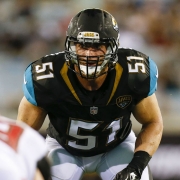
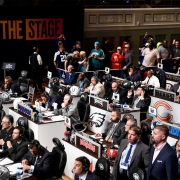
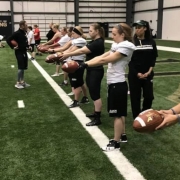
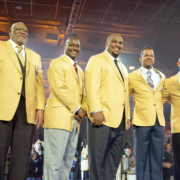
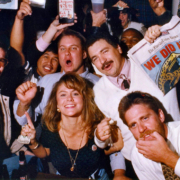
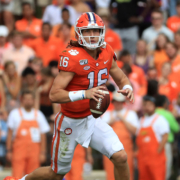
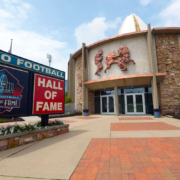
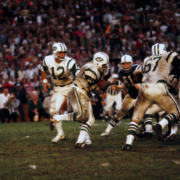
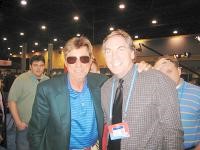 Who’d have thought the guy considered the icon of the “Me First” decades of the ‘60’s and ‘70’s is actually most interested in helping others.
Who’d have thought the guy considered the icon of the “Me First” decades of the ‘60’s and ‘70’s is actually most interested in helping others.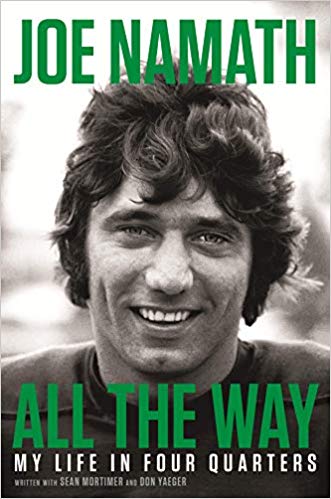 It was one of the few parts of the conversation that focused on sports. Namath was one of the most famous athletes on the planet when he helped engineer the New York Jets to the 1969 World Championship in Super Bowl III. He was a cultural icon. Recently he was voted the most interesting character in the NFL’s first 100 years.
It was one of the few parts of the conversation that focused on sports. Namath was one of the most famous athletes on the planet when he helped engineer the New York Jets to the 1969 World Championship in Super Bowl III. He was a cultural icon. Recently he was voted the most interesting character in the NFL’s first 100 years.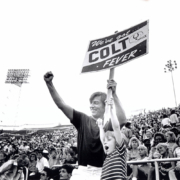
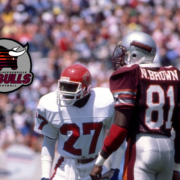
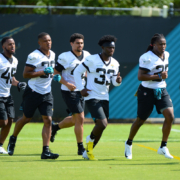
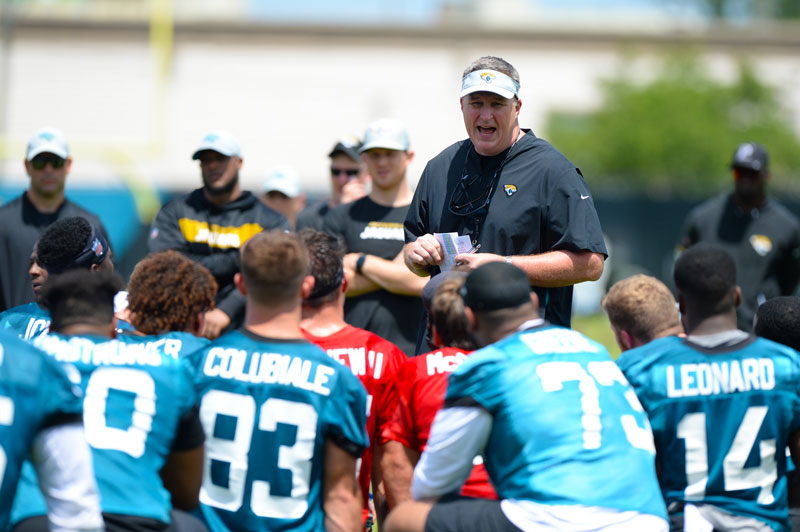
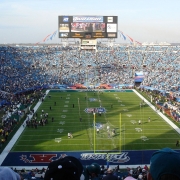
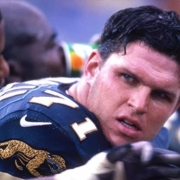
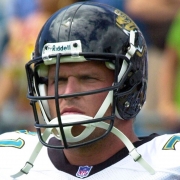
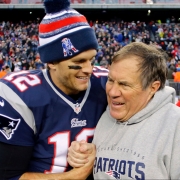
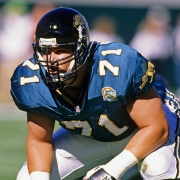
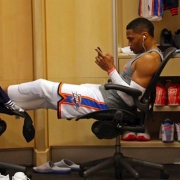
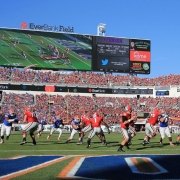
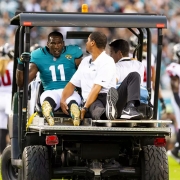
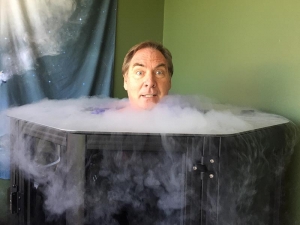 There’s a scene in Godfather II where Vito Corleone is in his dimly lit apartment worried about his son Fredo. Fredo has pneumonia and is being tended to by his mother and a nursemaid using a glass tumbler with a flame underneath. The thought was it would suck the illness out of his tiny body. It’s a centuries old routine done by the Chinese, the Greeks and the Italians among others. I saw my grandmother use that process calling it, “ta koopia” in her island/mountain Greek/English.
There’s a scene in Godfather II where Vito Corleone is in his dimly lit apartment worried about his son Fredo. Fredo has pneumonia and is being tended to by his mother and a nursemaid using a glass tumbler with a flame underneath. The thought was it would suck the illness out of his tiny body. It’s a centuries old routine done by the Chinese, the Greeks and the Italians among others. I saw my grandmother use that process calling it, “ta koopia” in her island/mountain Greek/English.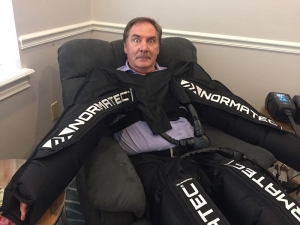 The Sports Recovery Annex is one of about a half-dozen recovery businesses that have opened in town in the past two years. They all emulate the tools and services training rooms for professional sports teams have to keep their players in the game. Blue 32 is run by former Jaguars DB Drayton Florence. Current Jaguars DL Malik Jackson has part ownership in Recovery Zone in Riverside. Professional golfer Russell Knox helped start Cryotherapy Jax on the Southside.
The Sports Recovery Annex is one of about a half-dozen recovery businesses that have opened in town in the past two years. They all emulate the tools and services training rooms for professional sports teams have to keep their players in the game. Blue 32 is run by former Jaguars DB Drayton Florence. Current Jaguars DL Malik Jackson has part ownership in Recovery Zone in Riverside. Professional golfer Russell Knox helped start Cryotherapy Jax on the Southside.